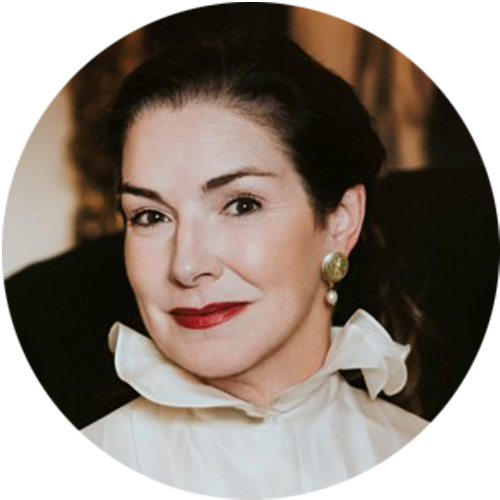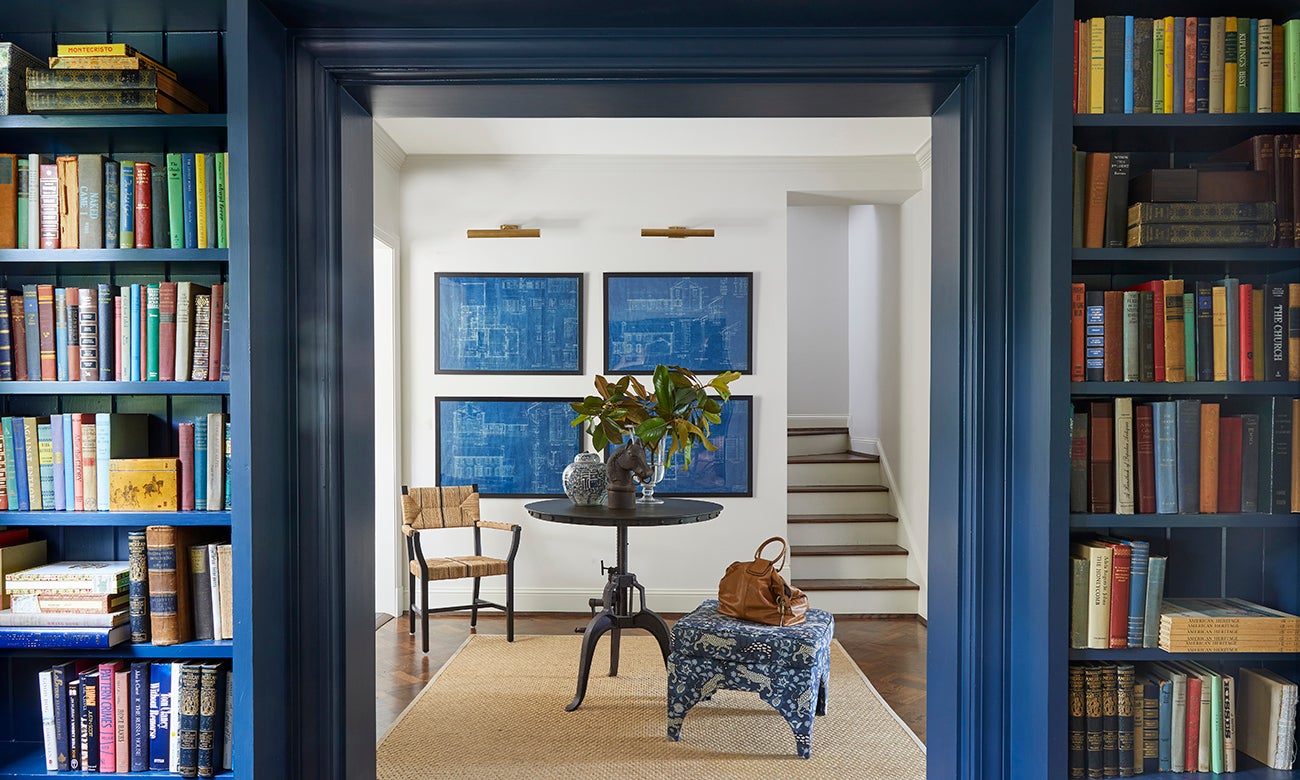Once a project is underway, the legwork doesn’t have to fall on the designer alone. Some firms request a little more from their clients. We asked six industry pros—Doug Davis, Suzanne Duin, Wade Weissmann, James Conley, Karen King and Florence Livingston—what homework they assign to help the process along.

Yin & Yang
“As soon as we’re hired, we ask for imagery. Twenty years ago, someone would have brought a stack of magazine clippings. Now, it depends on their preferred medium. A lot of times, they’ll send us 50 Instagram posts that they like (and we’ll have to print them all). It could be the exterior of a home; it could be a pillow. But we ask for imagery, and we like to see stuff that our clients don’t like as much as we like to see what they do like. We also like to see pictures of pieces that they’re bringing with them.” —Doug Davis, Douglas C. Davis & Associates, Birmingham, Alabama

Surf’s Up
“Often I will have clients who love to surf [the internet] at night, so giving them a task works wonderfully to keep them engaged in the process. For example, [I’ll ask a client] to find the right sconces for the powder bath. The exercise helps educate the clients on costs as well. In the past, before IG or Pinterest, our firm had ‘Binders of Inspiration’ that consisted of images to spark the client’s taste into action. I would give them a stack of stickies to mark their favorites (and note why) in order to home in on their personal design aesthetic. Now we set up online folders to do the same, and the images to pick from are endless.” —Suzanne Duin, Maison Maison Design, Houston

Show, Don’t Tell
“For a custom residence, [knowing] the details of someone’s life and the occupants of the building are vital for the space to be successful. Our spaces aren’t meant merely to be lived in, they’re meant to thrive in—and that requires personal reflection. We utilize questionnaires to probe and create awareness of opportunities to embrace the uniqueness of the clients. The second thing we do is try to make them cognizant of aesthetic options by giving them locations to see things that are similar to their needs. For instance, if the client says, ‘I’d like a skylight,’ we give them a place to see the choices they have so they become acquainted with the possibilities and differences that they may not have paid attention to previously.” —Wade Weissmann, Wade Weissmann Architecture, Milwaukee

Data in the Details
“From the very beginning, we do a free Zoom consultation with a potential client and figure out what their budget is, but before we go into the space and take measurements and those sorts of things, we set up a Pinterest board and ask them to start pinning things. It’s not that everything in the image has to be what they’re looking for; it can be very blue-sky thinking. We ask them to be specific about what they like in those images—is it the style? The color? The tile? Whatever it is, [Karen] goes through and runs analytics on it, looking at how many times they mention green or blue—how many times they say, ‘I love this hexagon tile’—so that we get a picture of what [the client] is gravitating toward.” —James Conley and Karen King, Studio Folklore, Chicago

Question & Answer
“We keep it simple and manageable for clients. We start with a whole home questionnaire with less than 20 questions where we go over things like overall plan for the home, color and style preferences, a few practical questions and a couple of personal ones to get to know our clients better. We also have separate questionnaires for kitchens and bathrooms where we go over specific needs. At the end of the day, we are here to serve our clients, so if they are too busy to fill out questionnaires, we get creative and find other ways to gather information.” —Florence Livingston, Florence Livingston Interiors, Marin County, California
Homepage image: A cobalt blue library by Douglas C. Davis & Associates peeks through to a light-soaked entryway. | Jean Allsopp





























